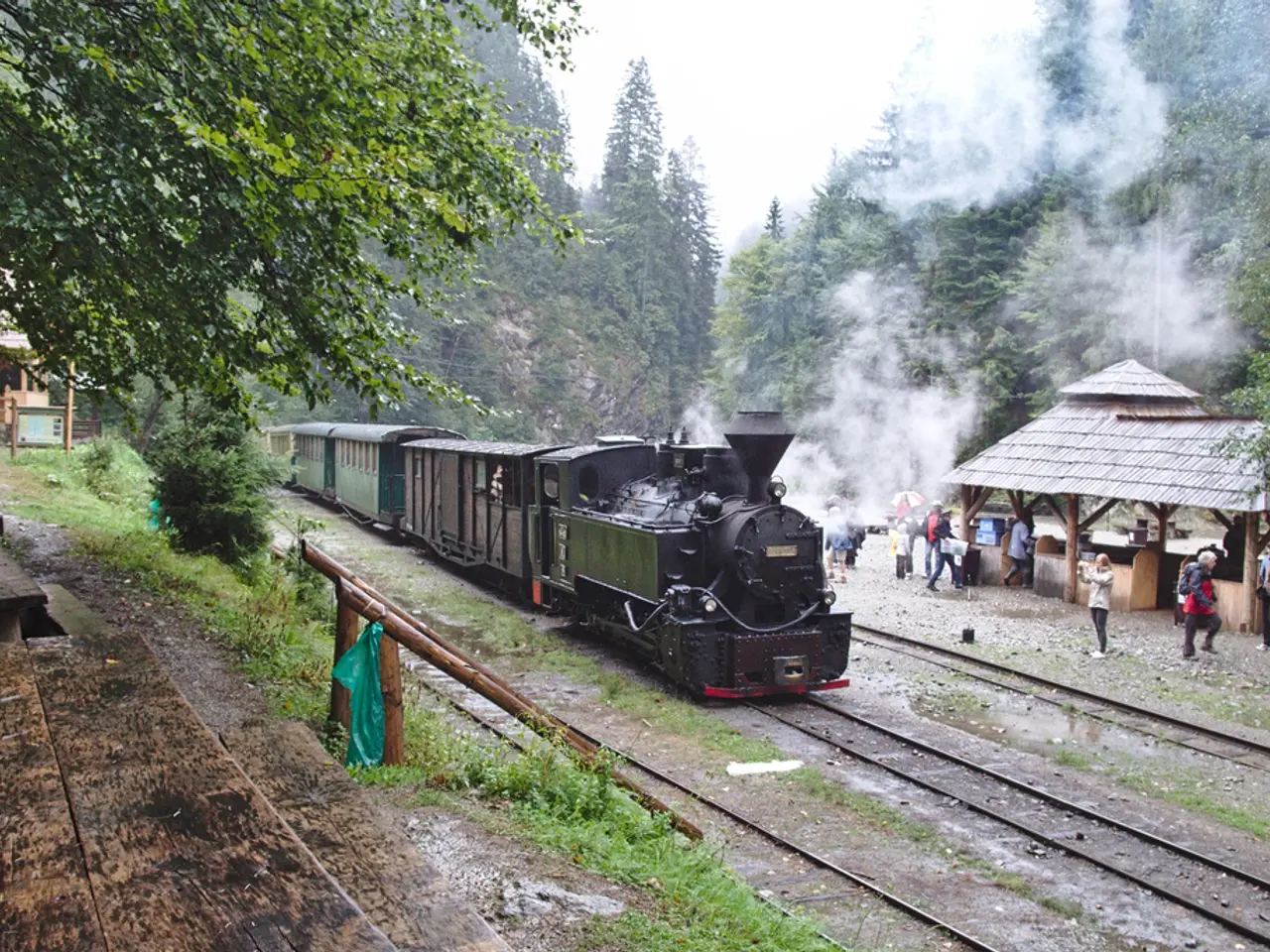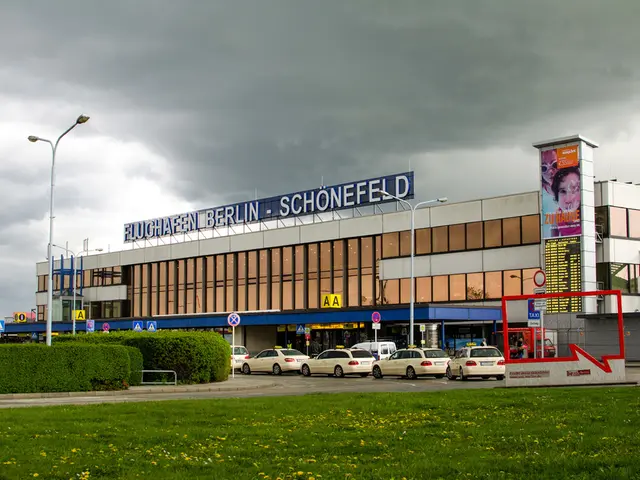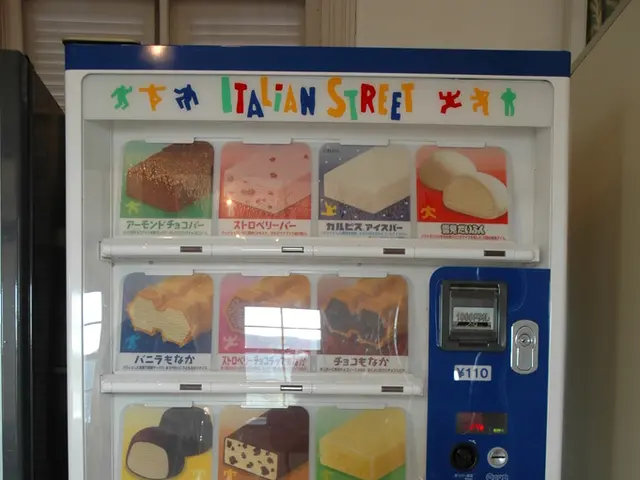Construction commenced on the new district heating pipeline to Leuna on September 1st, providing heat to approximately 100,000 households in Leipzig.
The Leipzig municipal utilities and Netz Leipzig will embark on a significant project from September 2025, constructing a district heating pipeline connection from Leuna to Leipzig. This approximately 19-kilometer long pipeline, running underground through the areas of Leuna, Weißenfels, Bad Dürrenberg, and Markkleeberg, is part of the heat transition in Leipzig and is funded by the federal government to the tune of 70 million euros.
The project, known as RE=FILL, aims to utilise excess heat from the TotalEnergies refinery in Leuna, currently released into the environment, in a climate-friendly manner. The heat from the pipeline is expected to cover 38 percent of the future Leipzig district heating demand.
The permit for the construction of the pipeline was granted in April, and preparatory works, including setting up the construction site and necessary access roads, will be done before the actual pipeline laying. The municipal utilities will carry out the pipeline construction in sections to minimise impact on residents, traffic, and the environment.
The actual pipeline laying will primarily be done in open construction, with the soil along the planned route being opened over defined sections. In areas that are particularly sensitive or difficult to access, so-called closed construction methods such as pipe jacking will be used. Once the pipeline is installed, the soil will be closed again.
During the construction phase, there may be temporary changes on site, such as traffic management. Some preliminary investigations still need to be carried out, and these will be communicated on the website set up for this purpose.
The pipeline will bring heat from the Leuna industrial park, where heat is still generated with fossil energy carriers, into the city. The first district heating from Leuna is expected to flow to Leipzig as early as the beginning of 2028. This heat output of 83 megawatts at district heating temperature level can supply around 100,000 Leipzig households.
The Flossplatz in Leipzig still tells the story of the transition from wood heating to coal heating, which occurred in the middle of the 19th century. RE=FILL signifies a new chapter in Leipzig's energy transition, moving away from fossil energy carriers towards a more sustainable future.
Read also:
- Peptide YY (PYY): Exploring its Role in Appetite Suppression, Intestinal Health, and Cognitive Links
- Toddler Health: Rotavirus Signs, Origins, and Potential Complications
- Digestive issues and heart discomfort: Root causes and associated health conditions
- House Infernos: Deadly Hazards Surpassing the Flames








